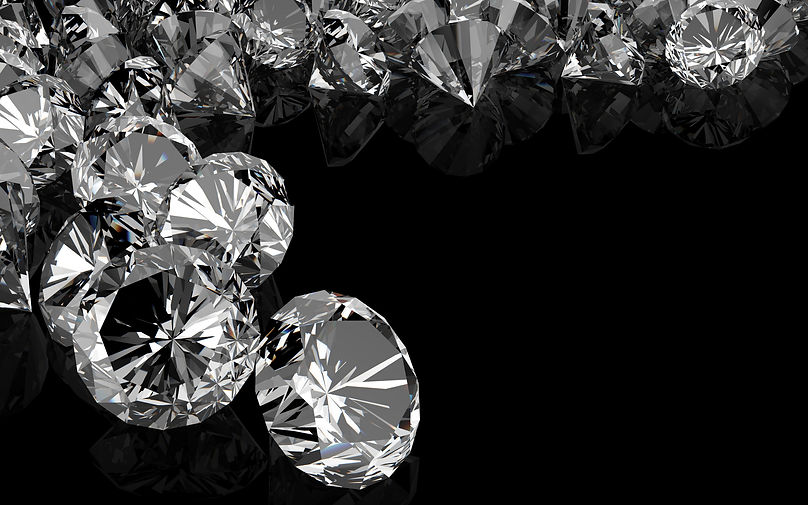top of page
EXPRESS DELIVERY WITH NO MINIMUM ORDER


ZERO
KARBON
Introducing Zero Karbon by Pure Karbon
A New Standard in Sustainable Luxury
Zero Karbon is our exclusive line of recycled diamonds – ethically reclaimed from previously set jewellery and reintroduced into the market with a renewed purpose. These natural diamonds, extracted long ago, form part of the world's vast above-ground supply and offer a sustainable alternative to newly mined stones.
Unlike freshly mined diamonds, Zero Karbon diamonds avoid contributing to the environmental damage and ethical concerns linked to modern mining. At a time when climate change is a global emergency, Zero Karbon offers a net-zero carbon footprint option for those who care about the planet without compromising on beauty or quality.

Zero Karbon Diamonds for Sale
Currently, Zero Karbon diamonds are being offered in star, melee and bigger stone sizes in a variety of shape, colour and clarities. Due to the nature of acquisition of recycled diamonds, all Zero Karbon stock is limited and unique - please reach out to us via e mail or call to enquire about stock availability.

.jpg)
Lab Grown vs Recycled Diamonds & Newly Mined Diamonds vs Recycled Diamonds
Many companies are questioning which type of “diamond alternative” best fits their needs. With the decline in popularity and sustainability of newly mined diamonds, more brands are starting to consider the advantages and disadvantages of lab-grown versus recycled diamonds.
Examining the Environmental
Costs of Lab-Grown Diamonds
At first glance, lab-grown diamonds can appear to be a smart investment. Producers often market them as a more sustainable and eco-friendly alternative to mined diamonds. While many view them as a greener choice, lab-created diamonds still leave a considerable environmental footprint. Unlike traditional mining, they don’t damage the earth, release fewer greenhouse gases, and use less water, but their production still demands substantial resources. Most lab-grown diamonds are produced through CVD (Chemical Vapor Deposition) or HPHT (High Pressure High Temperature) methods—both of which require large amounts of electricity, typically supplied by power plants.
Why Recycled Diamonds are a Better Option
Recycled diamonds present a much more sustainable option. By reusing existing stones, companies help avoid the environmental damage of mining, while also reducing greenhouse gas emissions and water use. Unlike lab-grown diamonds, recycling doesn’t require energy-intensive production methods. Instead, it puts second-hand natural diamonds back into circulation through new jewelry. In fact, about 30% of recycled diamonds can reenter the market without any additional work, and those that do need recutting require far less energy than diamond growing processes. In the end, recycling remains the most sustainable choice, offering consumers the added assurance that natural diamonds hold their long-term value.
Newly Mined Diamonds vs Recycled Diamonds
Some jewelers and designers worry that choosing recycled diamonds might mean sacrificing quality, beauty, or value—but that simply isn’t true. Recycled diamonds are identical in quality to newly mined ones, with no difference in their look or performance once reclaimed. Since diamonds are the hardest natural mineral, they’re perfectly suited for reuse and can be repurposed again and again over many decades.
Don’t Be Afraid to Make the Switch
By shifting from newly mined to recycled diamonds, companies can enjoy all the advantages of natural diamonds without the environmental or financial drawbacks of mining. There’s no need to extract fresh stones, which both raises costs and harms the planet. Recycled diamonds are also becoming a growing trend in the jewelry supply chain, embraced by brands like Bario Neal, Monica Rich Kosann, Ecksand, and Catbird, who successfully feature them in their collections.
With recycled diamonds, businesses not only retain the same quality and value as mined diamonds but also gain the opportunity to appeal to new and more eco-conscious customers.
bottom of page